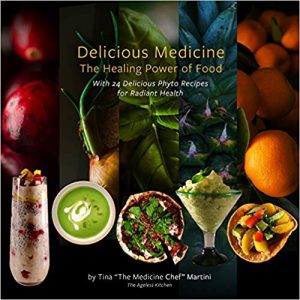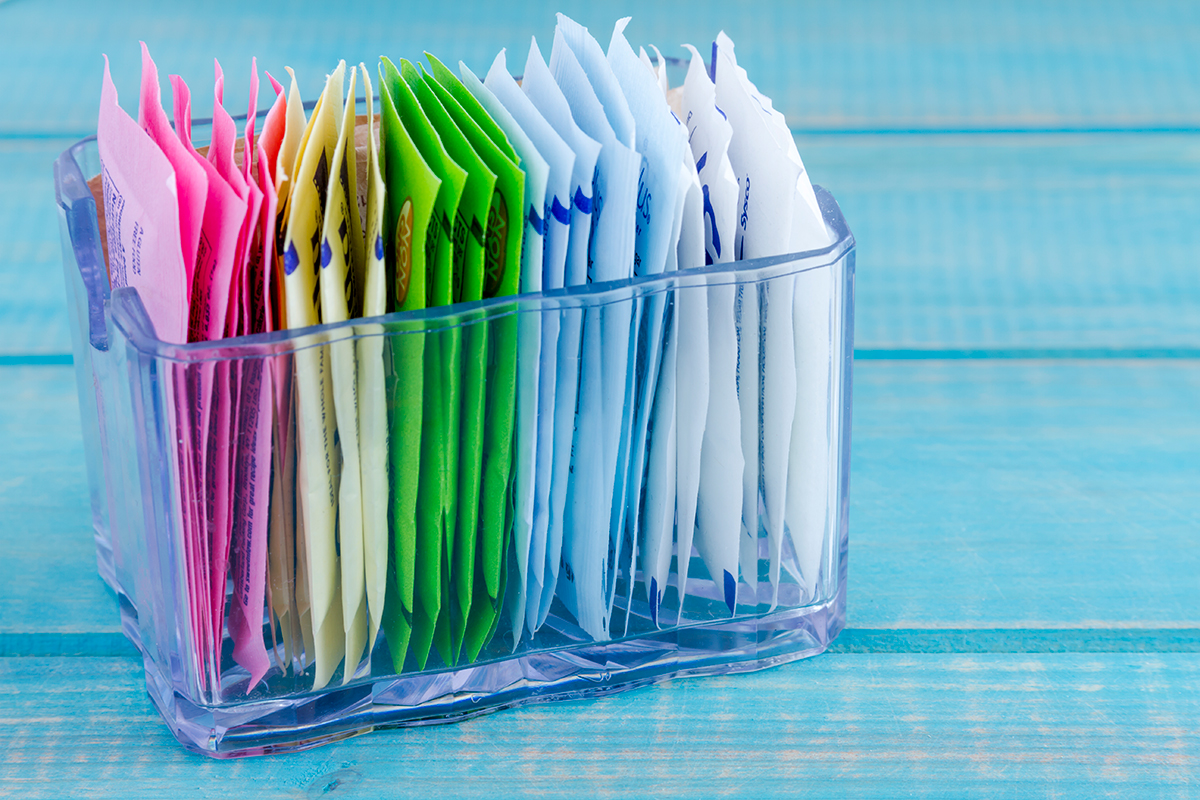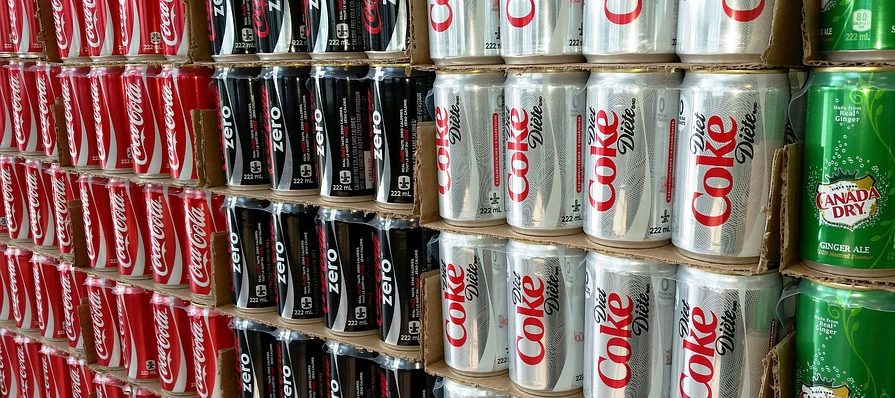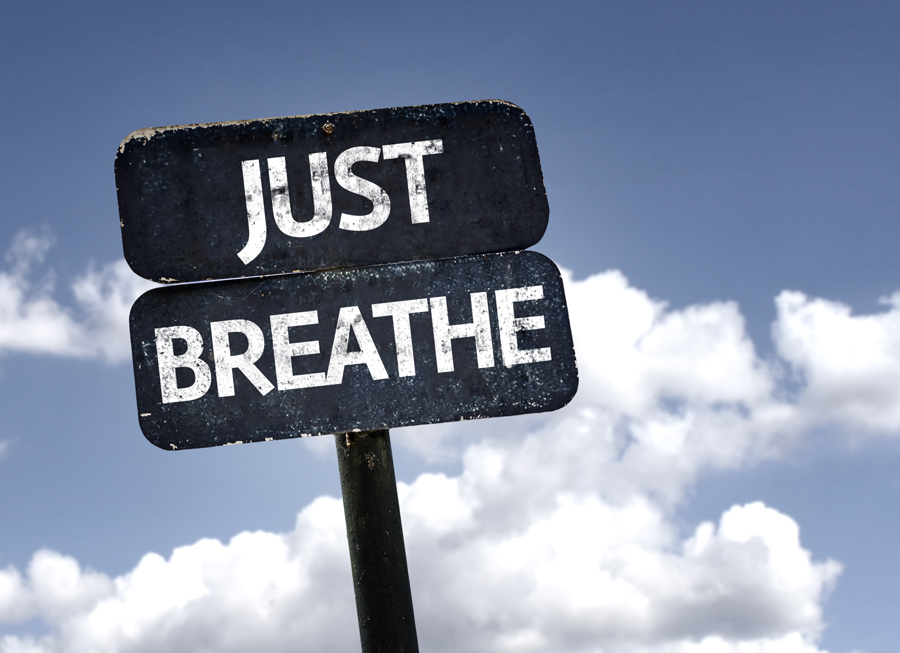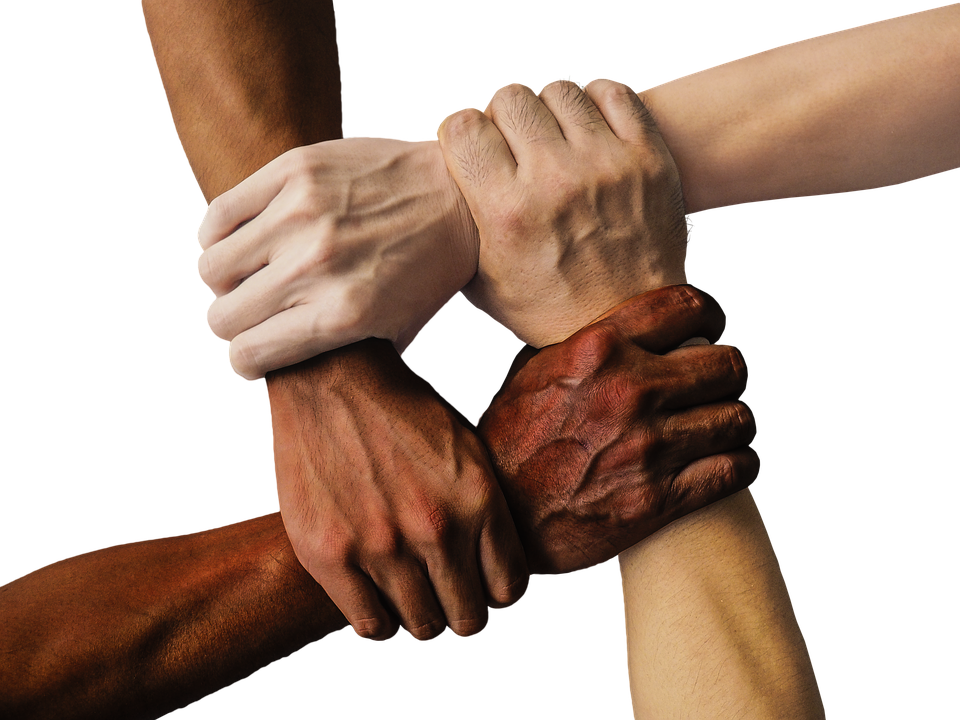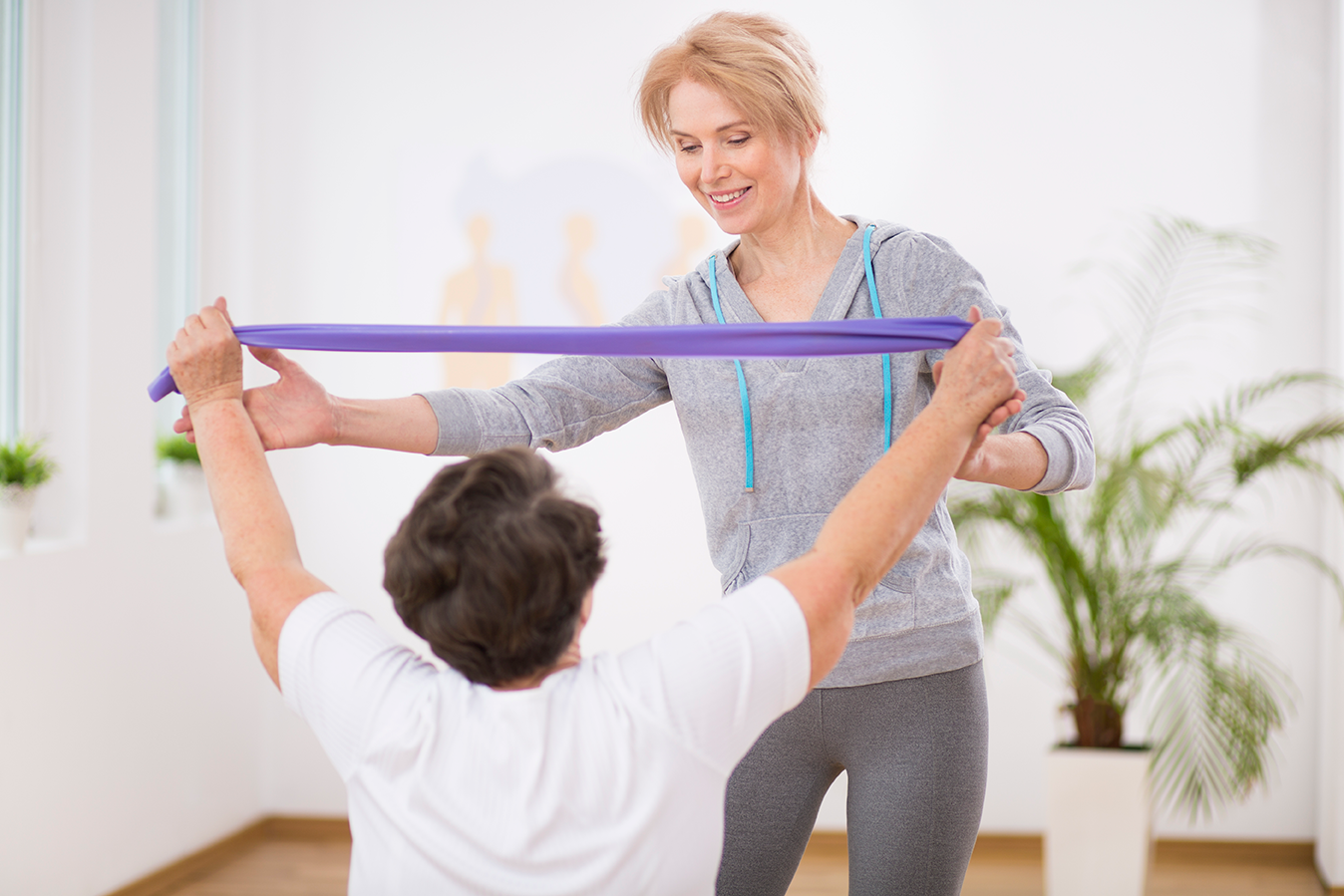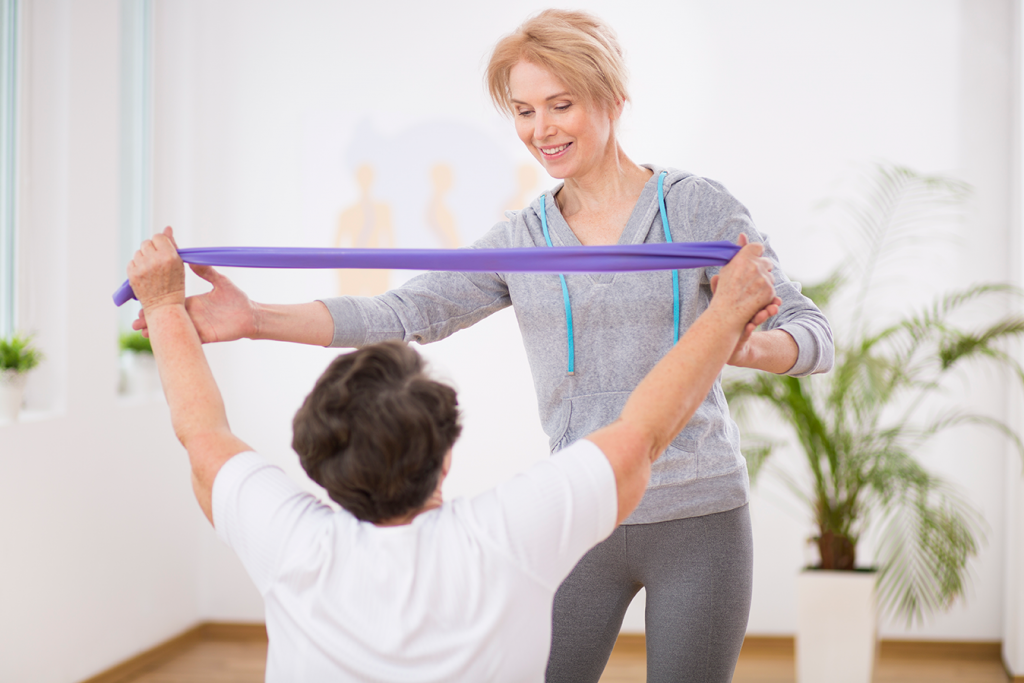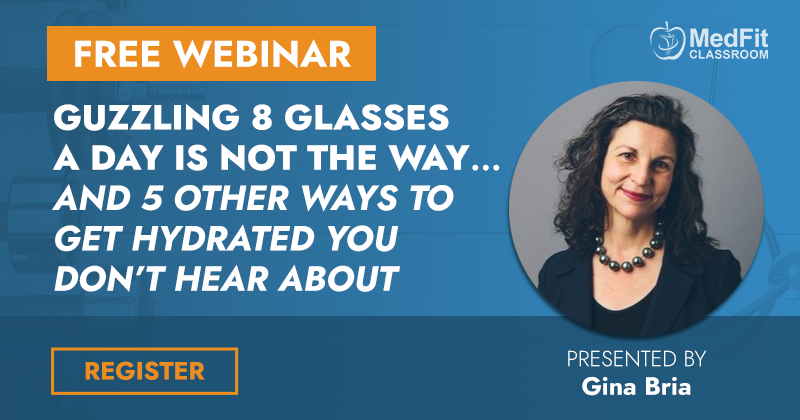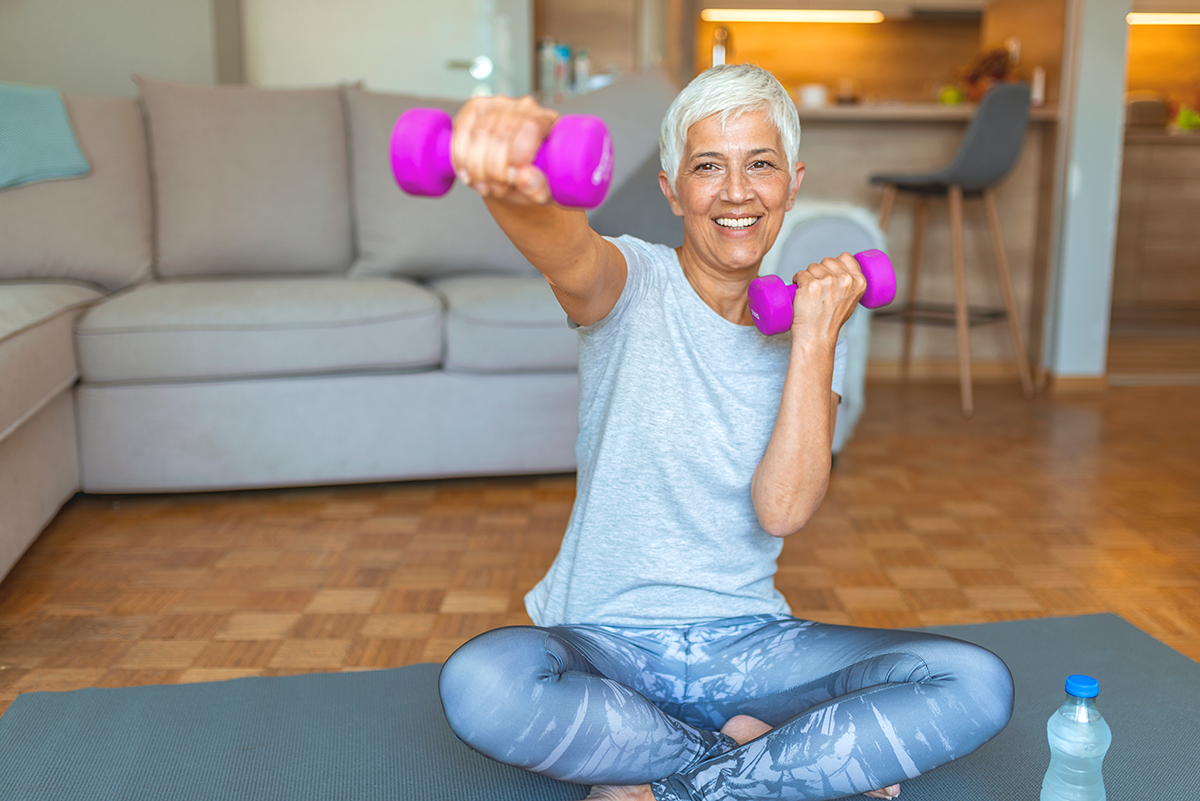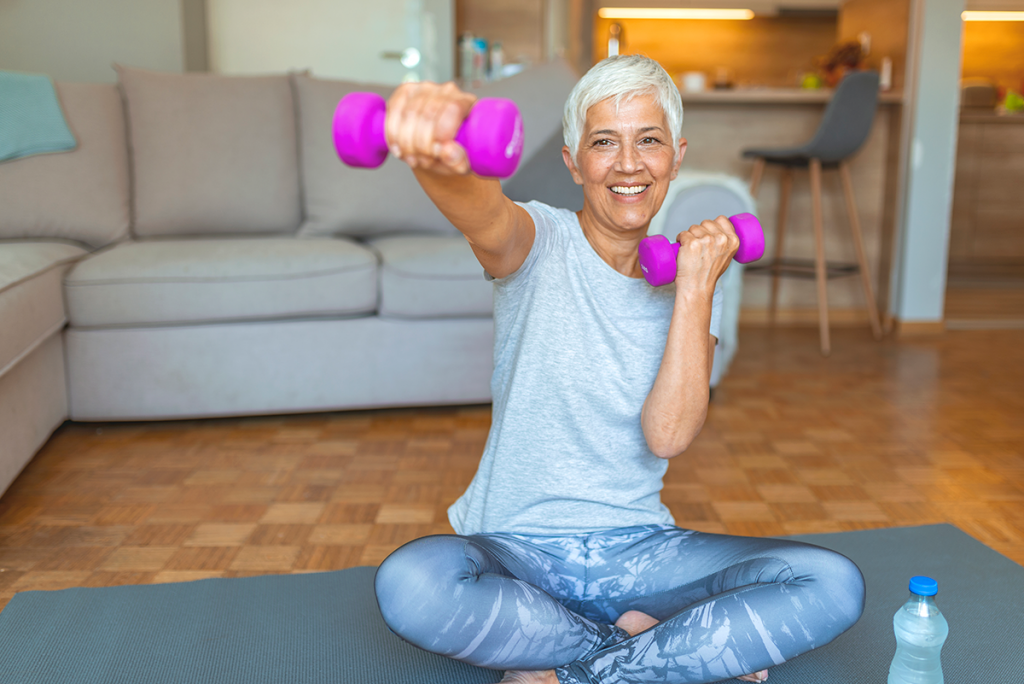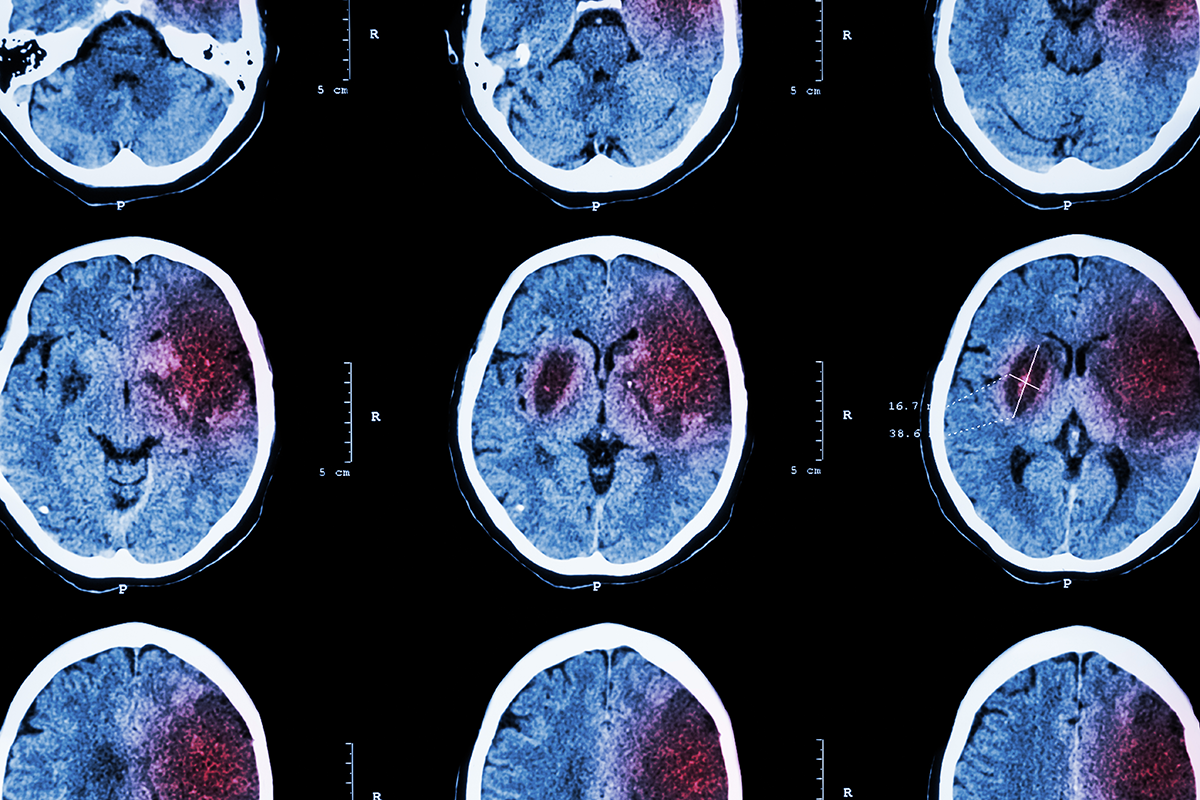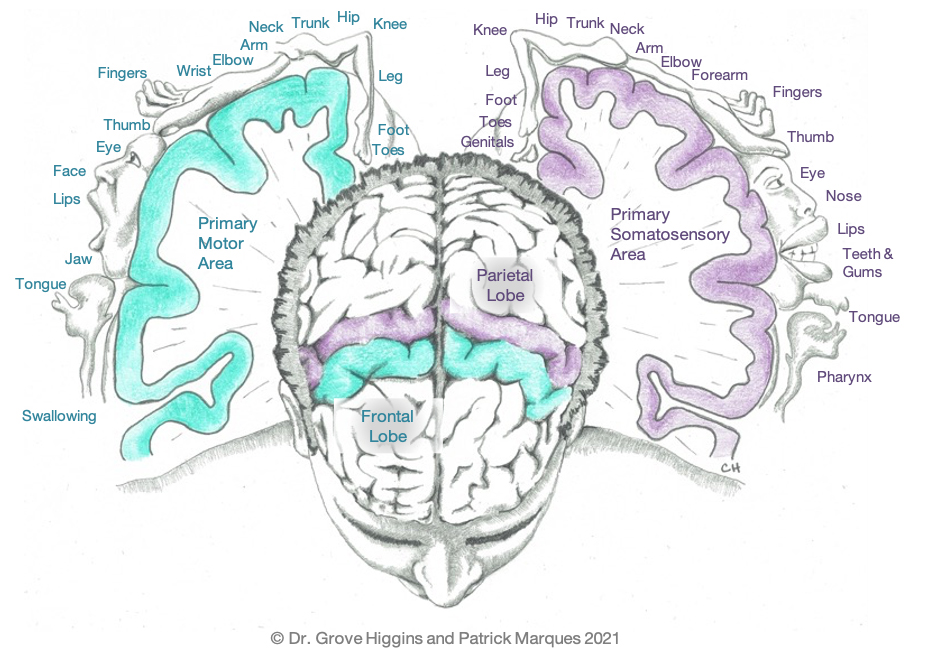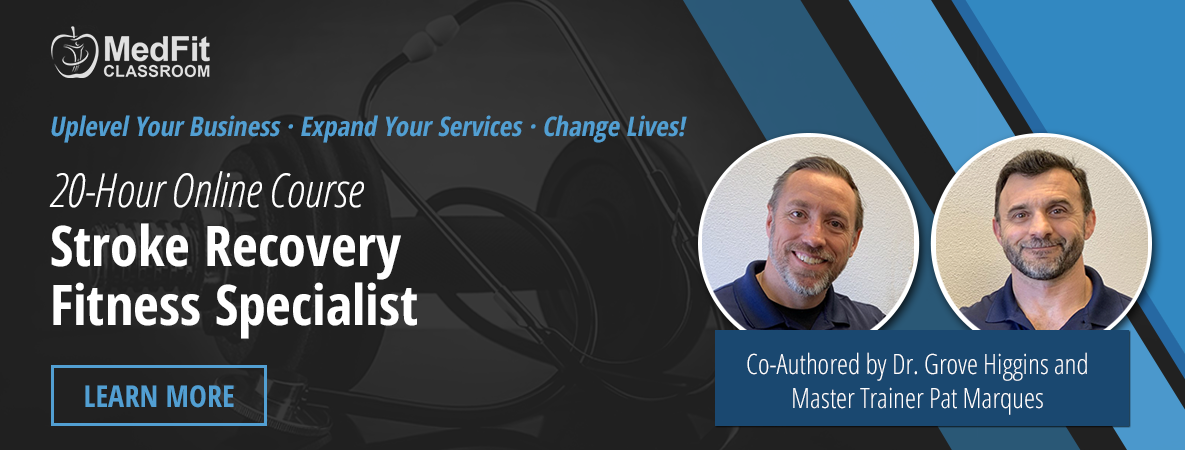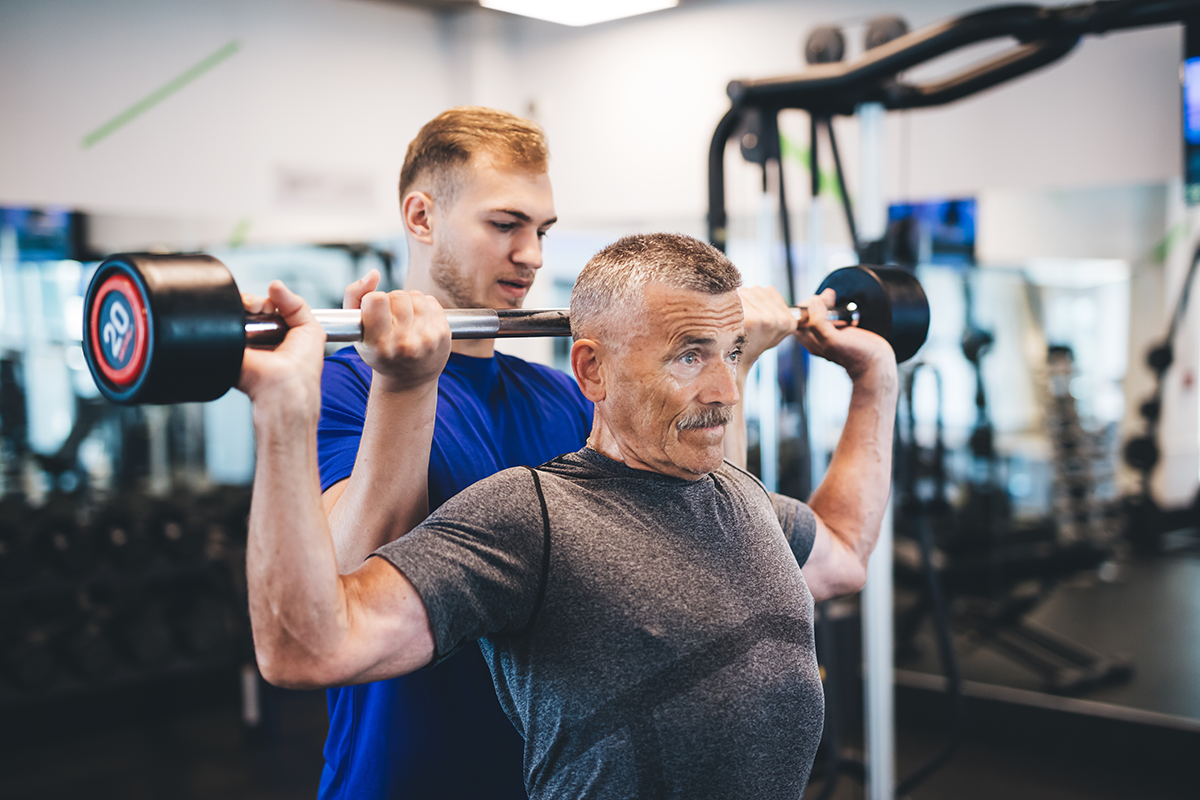The Naturopathic Chef: Spring into Summer Salad
Refresh and revitalize with this bright side dish that’s perfect for any summer table.
The dressing doubles as a versatile marinade, too.
Dressing
- 1 Tbls Shallot, minced
- 1 Tbls Aged Balsamic Vinegar
- 2 Tbls Fresh Lime Juice
- 2 tsps Fresh Orange Juice
- 2 tsps Honey
- ½ tsp Dry or Dijon Mustard
- ½ tsp Salt
- ¼ tsp Pepper
- ¼ cup Avocado Oil
Stir all ingredients together except avocado oil. Whisk oil into mixture to emulsify. Chill
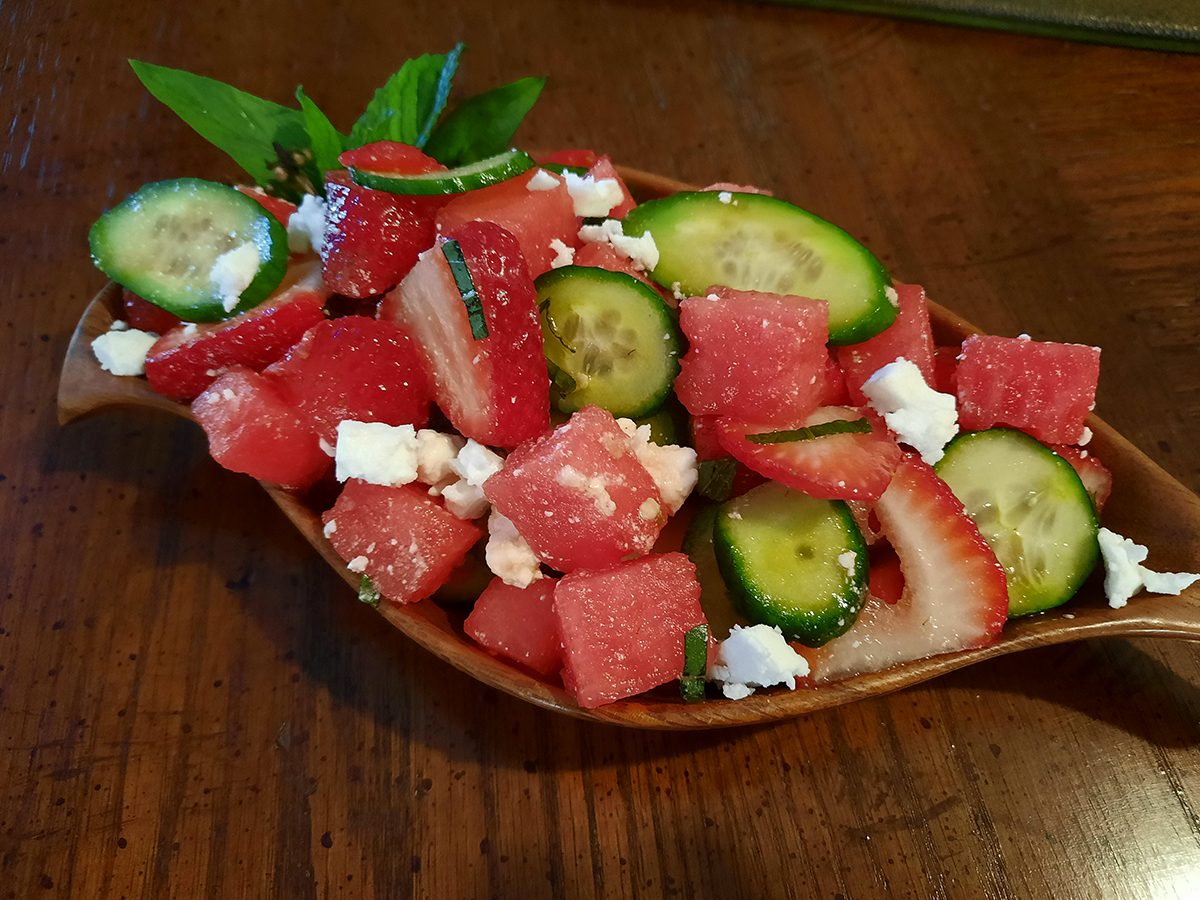 Salad
Salad
- 2 cups Watermelon, cubed in bite-sized pieces
- 1 cup Strawberries, sliced
- 2 small Persian Cucumbers, sliced
- 8 Mint leaves, chopped
- 2 Basil leaves, chopped
- 2 Tbls Toasted Pistachios, chopped
- 2 Tbls Feta, crumbled
- pinch of Salt
Toss ingredients with dressing, top with pistachios and feta.
Phyte Facts
Everything in this salad contributes to proper hydration and mineral balance, making it perfect for warm weather. Both Mint and Basil have cooling properties and keep our thermostats operating at peak performance. Love to hike? This is your perfect companion.
Get more great recipes from Tina Martini — her book, Delicious Medicine: The Healing Power of Food is available to purchase on Amazon. More than a cookbook, combining 20+ years of experience, along with her love of coaching, cooking and teaching, Tina offers unexpected insights into the history and healing power of clean eating, along with recipes to help reduce your risk of disease and improve overall wellness so you can enjoy life!
Affectionately referred to as The Walking Encyclopedia of Human Wellness, Fitness Coach, Strength Competitor and Powerlifting pioneer, Tina “The Medicine Chef” Martini is an internationally recognized Naturopathic Chef and star of the cooking show, Tina’s Ageless Kitchen. Tina’s cooking and lifestyle show has reached millions of food and fitness lovers all over the globe. Over the last 30 years, Tina has assisted celebrities, gold-medal athletes and over-scheduled executives naturally achieve radiant health using The Pyramid of Power: balancing Healthy Nutrition and the healing power of food, with Active Fitness and Body Alignment techniques. Working with those who have late-stage cancer, advanced diabetes, cardiovascular and other illnesses, Tina’s clients are astounded at the ease and speed with which they are able to restore their radiant health. Tina believes that maintaining balance in our diet, physical activity, and in our work and spiritual life is the key to our good health, happiness and overall well being. Visit her website, themedicinechef.com

